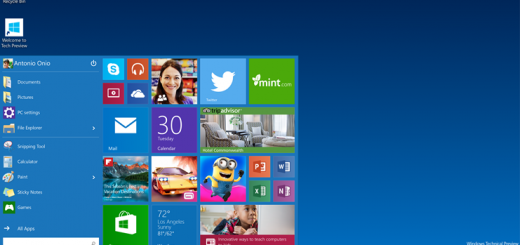Microsoft promises drastic cuts in disk space use for Windows 10

Under the right conditions, the company says, the changes can cut the disk footprint for Windows system files by as much as 45 percent.
Before getting into the details, a little history is in order. For more than 15 years, the storage corollary to Moore’s Law was Windows’ best friend. Each new version of Windows required more disk space, but hard disks were growing in capacity (and offering faster read/write speeds), so the bloat didn’t matter all that much.
Then things changed, gradually but inexorably, as solid-state storage began to displace conventional spinning disks.
Solid-state drives (SSDs) began appearing in high-end notebooks around the time Windows 7 was released. They offer dramatic performance improvements but cost significantly more than conventional hard drives. SSD prices continue to decline year over year, but on a cost-per-gigabyte basis they are still far more expensive than conventional disk drives.
Via: ZDNet and Windows Blog








